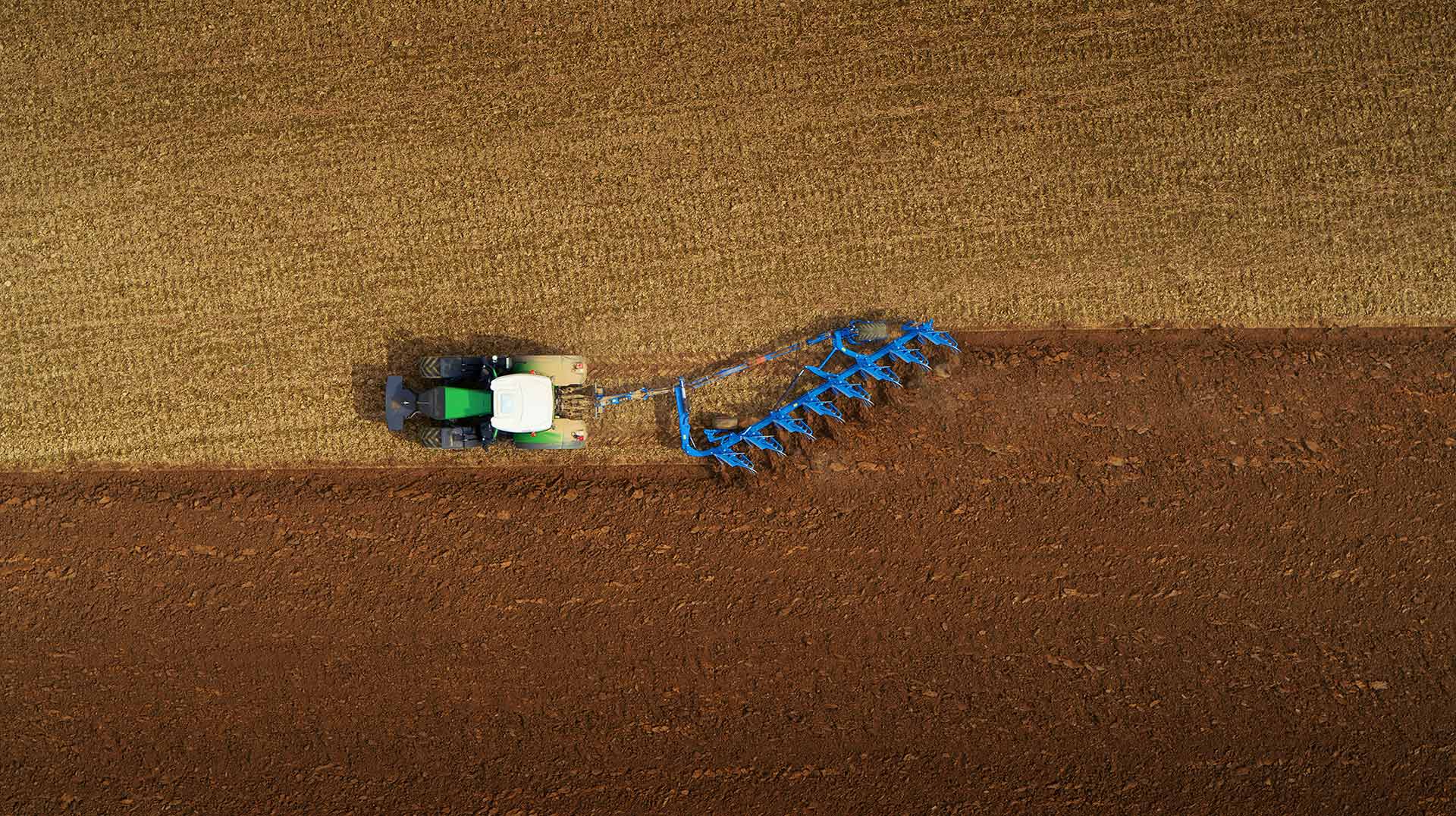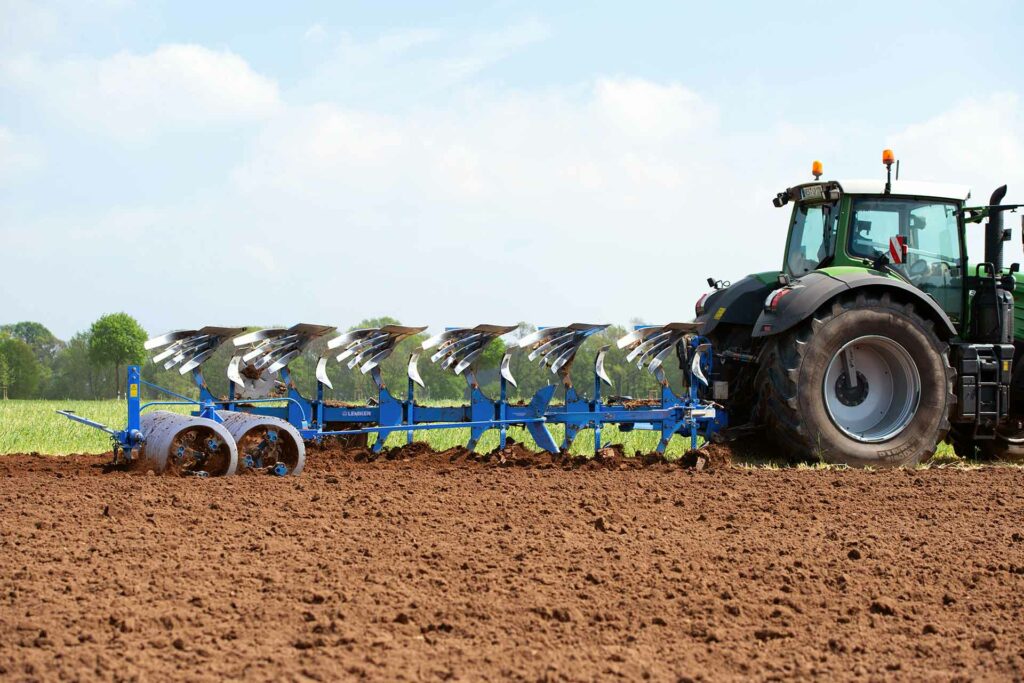
Inversion tillage with the plough, a more gentle conservation tillage or direct seeding – a question that many farms have to deal with again and again. There is no question that each of these methods has its advantages and disadvantages in terms of humus build-up and loss, soil compaction, or the risk of erosion.
Due to the discontinuation of certain herbicidal active ingredients, and the increase in herbicide resistance, ploughing has been coming back into focus for some time. Does ploughing harm soil fertility, or does it reduce the humus content of soils, by releasing carbon, and thus even fuel climate change? Here, science and practice are not in agreement…

What actually is humus?
Humus, which essentially influences soil fertility, is created by the decomposition of root and crop residues and the conversion of farm manure by soil organisms – so it enters the soil from above. Without inversion tillage, it would remain on the surface and cannot be worked into deeper soil layers. However, it has to go there so that the organic carbon (58%) it contains can be fixed in the subsoil and not fuel climate change, but can still be used – along with other important nutrients – by deep-rooting plants.

What are the advantages of the plough?
ut not only the humus reserves can be slightly influenced by the plough, it also helps to shape the growing conditions for the following crops:
- Intensive aeration of all soil layers.
- Favorable water absorption and drainage.
- Deep incorporation of crop residues and weeds (clean start).
- Fine, crumbly, and weed-free seedbed (especially after ploughing with a soil packer).
This creates optimal emergence conditions for the following crop.
Soil optimization is possible after all!
Ultimately, the goal must always be to create an optimal seedbed for the crops and thus enable the crops to get off to a good start. Ploughing can contribute to soil optimisation, especially under the changing agronomic conditions.